Contents
Guide


Contents

Autumn colours along the Mill Trail at Hardcastle Crags, near Hebden Bridge, West Yorkshire. See walk 50.

Introduction:
100 Great British Walks
With responsibility for over 600,000 acres of land of outstanding natural beauty, almost 750 miles (1,200km) of coastline, and more than 300 historic buildings, set in glorious parkland and gardens, it is little wonder that the National Trust offers some of the most spectacular walking environments to be found anywhere in England, Wales and Northern Ireland. This beautifully illustrated guide features 100 great walks across some of Britains most iconic landscapes. Stroll across the Giants Causeway in County Antrim, around the ancient standing stones at Avebury in Wiltshire, or along the shoreline of Lake Windermere in Cumbria. Theres no better way to appreciate the British countryside than to explore it on foot so, whether youre looking for a gentle saunter through rolling parkland or a more strenuous hike across rugged terrain, armed with your copy of 100 Great British Walks youll be spoiled for choice when it comes to finding the perfect walk.

A view across Lake Windermere towards fells in the Lake District, Cumbria. See walk 60.
About the Walks
The walks featured cover a wide range of different landscapes and points of interest. Some cross coastal cliff-tops (such as walks 10 and 22) or open fells (61 and 62), affording spectacular views in all directions. Others pass along quiet river valleys (11 and 76), or through ancient woods (40 and 86), nature reserves (30 and 94) and historic parkland (31 and 53). Wildlife features widely, with walks across some of Britains most precious habitats: limestone grasslands (4 and 25) and heathland (8 and 36), with their associated wild flowers and insect life in spring and summer, and woodland carpeted in bluebells in spring (27 and 52) or ablaze with colour in the autumn (39 and 41). Then there are the special-interest walks, seeking out ancient monuments (1 and 2), medieval churches (33 and 34), and sites of geological interest (6 and 74) or industrial heritage (72 and 90). Discover walks that follow in the footsteps of famous people, such as Victorian prime minister Benjamin Disraeli (18), landscape artist John Constable (38) and Romantic poet William Wordsworth (65).
Nearly all the walks are circular, many with cafs and restaurants along the way. General advice about getting to your starting point is provided, along with postcodes for satellite navigation, and although some areas are too remote to make it a viable option public transport details are avalaible online at www.traveline.org.uk. Also provided are suggestions for local attractions that will help you make the most of your day, such as nearby gardens, castles, country houses and exhibitions, along with information on the all-important availability of toilet facilities.
Many of the walks are suitable for families, with some shorter walks designed specifically with younger children in mind, complete with adventure playgrounds, den-building activities or grassy banks just made for rolling down look out for the family-friendly symbol against appropriate walks (see key below). To help you judge which walks might best suit your needs, they are graded according to their level of ease, from easy walks with even paths and few inclines, steps and stiles, through moderate walks with more uneven paths and some steeper climbs, to hard walks best suited to more adventurous ramblers. Some walks in particular can become very muddy after rain, so look out for the symbol highlighting the need for wellies or walking boots (see key).
Many more walks are available. Visit: www.nationaltrust.org.uk/walking
Walking Hints and Tips
Consider taking a mobile phone with you, bearing in mind coverage can be patchy in rural areas.
If you are walking alone, let someone know where you are and when you expect to return.
Its advisable to take an Ordnance Survey map with you on country walks to supplement the maps provided.
Some of the walks take you along small country lanes without pavements. Always walk facing oncoming traffic (except when approaching a right-hand bend when it is advisable to cross the road for a clear view), keep children and dogs under close control, and wear something light or brightly coloured when visibility is poor (e.g. at dusk).
Take special care of children when walking beside water or along cliff-tops.
While the authors have taken every care to ensure the accuracy of the walks, be aware that changes to the routes may occur after publication.
Public transport may also change over time, so, if youre thinking of taking a bus or train to your destination, always check timetables and routes online or with a local tourist information centre before setting out.
Key to walk symbols
 Easy walk
Easy walk
 Moderate walk
Moderate walk
 Hard walk
Hard walk
 Family-friendly walk
Family-friendly walk
 Muddy after rain
Muddy after rain
Key to map symbols
 Route of walk
Route of walk
 Road
Road
 Motorway
Motorway
 Train line
Train line
 River/canal
River/canal
 Nature reserve
Nature reserve
 Museum
Museum
 Castle
Castle
 Parking
Parking
 Toilets
Toilets
 Pub
Pub
 Refreshments
Refreshments




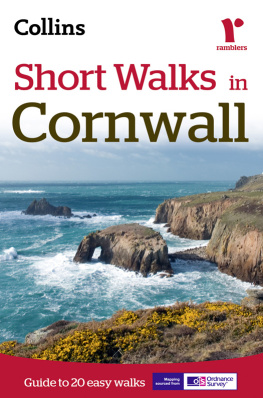



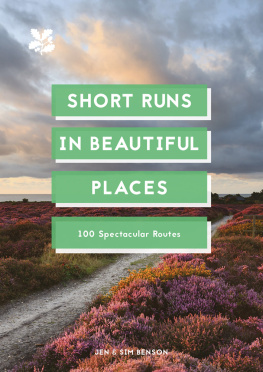
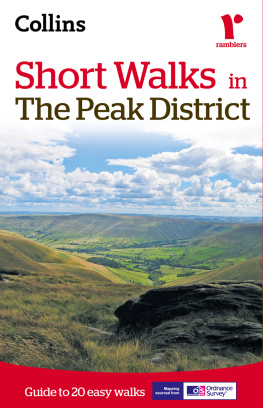
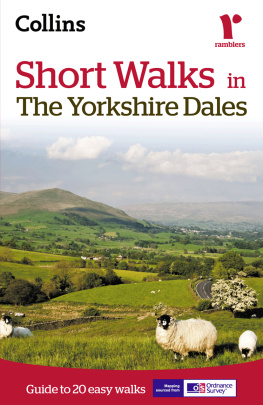

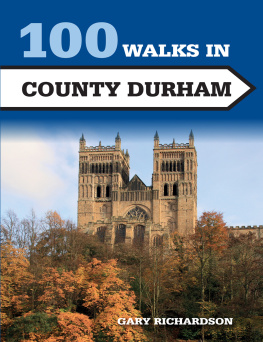
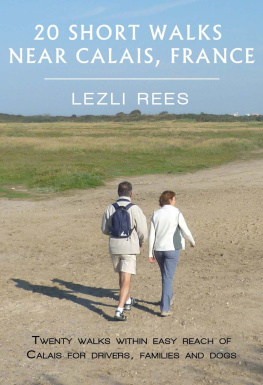







 Easy walk
Easy walk Moderate walk
Moderate walk Hard walk
Hard walk Family-friendly walk
Family-friendly walk Muddy after rain
Muddy after rain Route of walk
Route of walk Road
Road Motorway
Motorway Train line
Train line River/canal
River/canal Nature reserve
Nature reserve Museum
Museum Castle
Castle Parking
Parking Toilets
Toilets Pub
Pub Refreshments
Refreshments